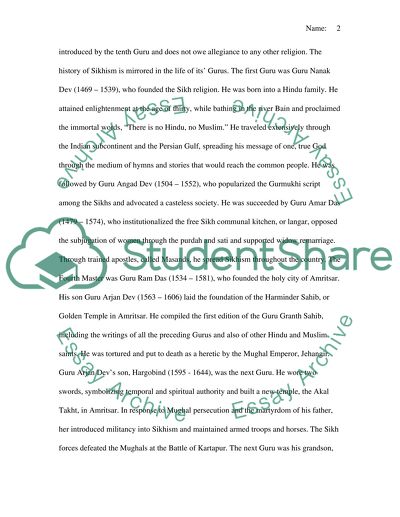Cite this document
(“Sikhism Essay Example | Topics and Well Written Essays - 1250 words”, n.d.)
Retrieved from https://studentshare.org/miscellaneous/1540319-sikhism
Retrieved from https://studentshare.org/miscellaneous/1540319-sikhism
(Sikhism Essay Example | Topics and Well Written Essays - 1250 Words)
https://studentshare.org/miscellaneous/1540319-sikhism.
https://studentshare.org/miscellaneous/1540319-sikhism.
“Sikhism Essay Example | Topics and Well Written Essays - 1250 Words”, n.d. https://studentshare.org/miscellaneous/1540319-sikhism.


